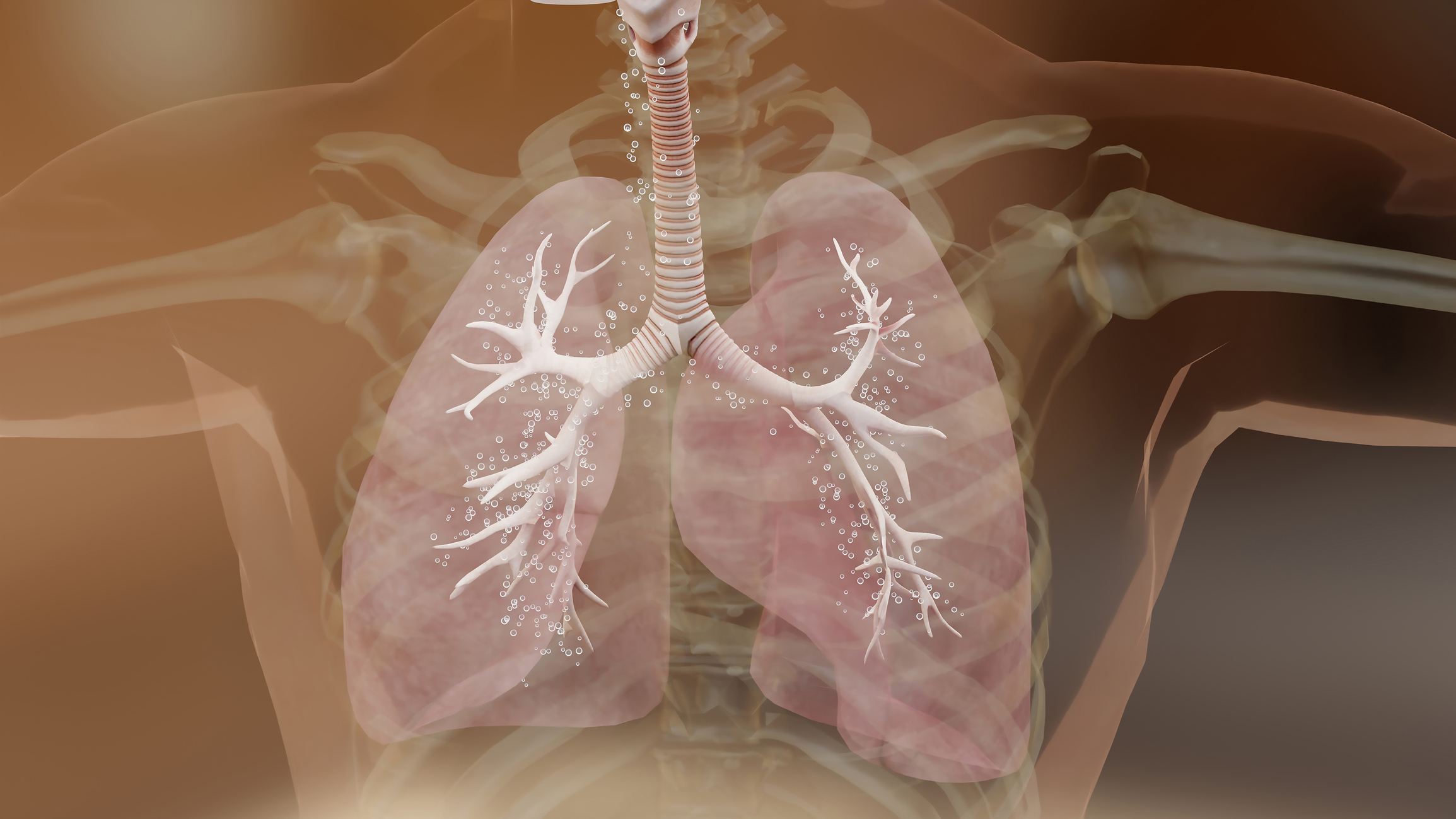Irritant-Induced Asthma: Causes, Symptoms, and Treatment Options - Physician's Weekly

The following is the summary of "Irritant-Induced Asthma" published in the November 2022 issue of Allergy and Clinical Immunology by Lemiere, et al.
Inhalant-induced asthma, sometimes refcalledant-induced asthma (IIA), is a subtype of asthma triggered by inhaling chemicals that irritate the airways. There have been descriptions of cases of definite, probable, and possible irritant inhalation asthma (IIA), and these classifications are based on the concentration of the inhaled irritants and the development of respiratory symptoms in relation to the amount of time that the individual was exposed to the irritant.
It is estimated that between 4 and 14% of newly established work-related asthma are deemed to be conclusive cases of IIA. The agents that cause IIA could be present in the environment in the form of dust, fumes, gases, or aerosols. The most popular ones include chlorine, nitrogen oxides, sulfur dioxide, ammonia, acetic acid, and other cleaning materials. There is also a widespread presence of nitrogen oxides and sulfur dioxide. However, possible IIA cannot be diagnosed with absolute certainty because it is difficult to determine the relationship between exposure and the onset of symptoms.
Although a suggestive clinical history, evidence of reversible airflow limitation, and/or nonspecific bronchial hyperresponsiveness are required to diagnose definitive IIA, these factors are not required to diagnose possible IIA. This article provides information on the epidemiology of IIA, in addition to its pathophysiology, diagnostic procedures, and treatment options.
Source: sciencedirect.com/science/article/abs/pii/S2213219822006948

Comments
Post a Comment